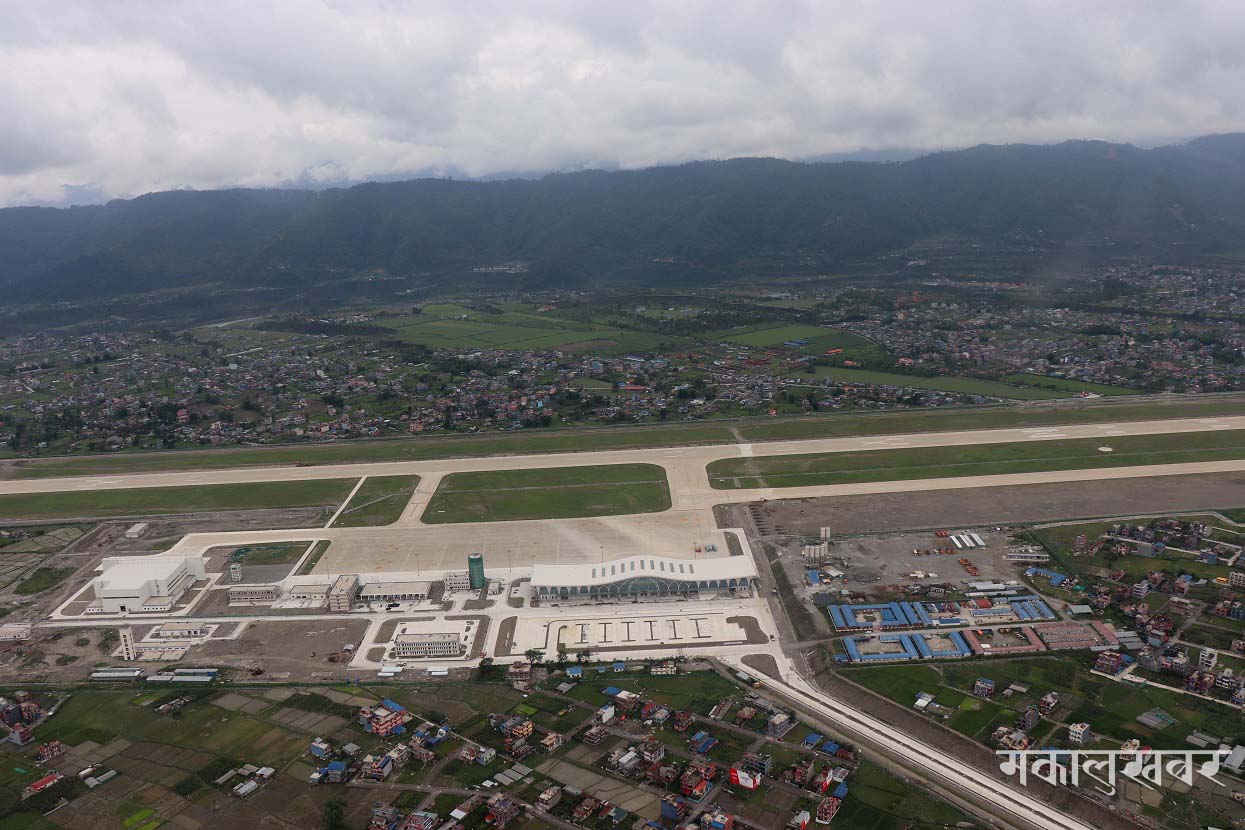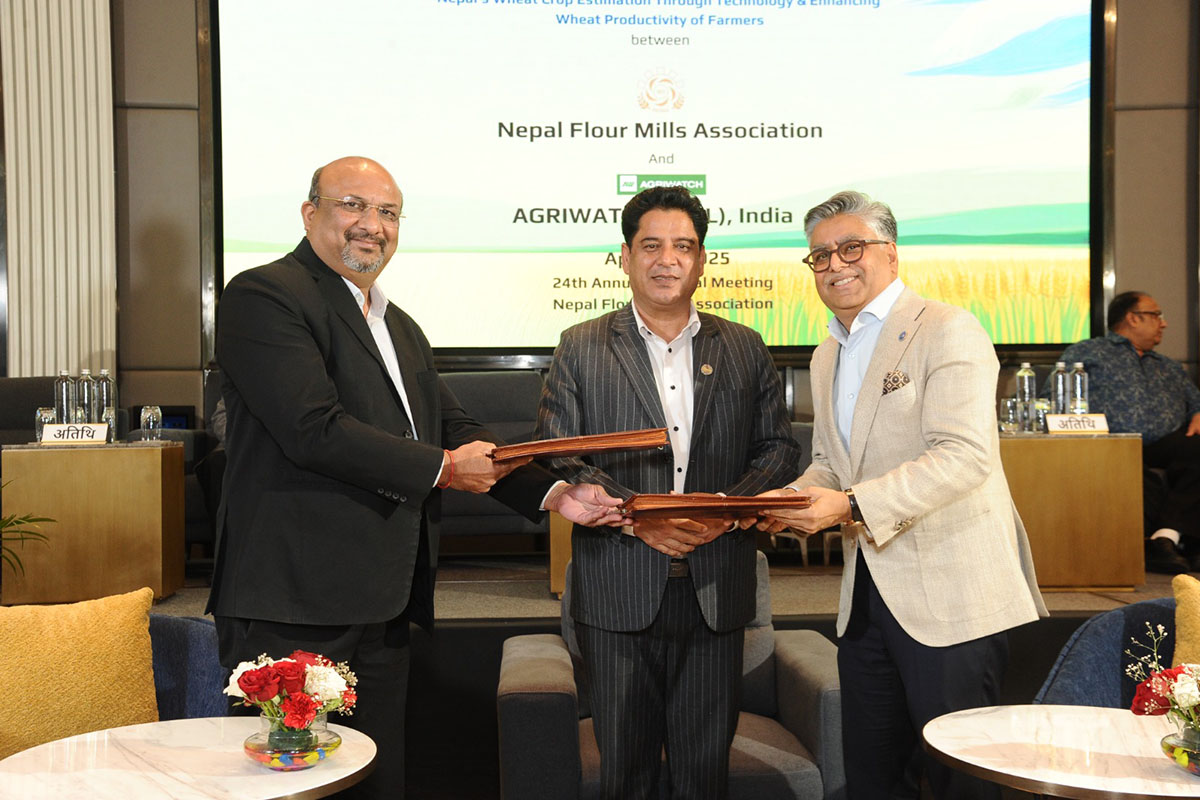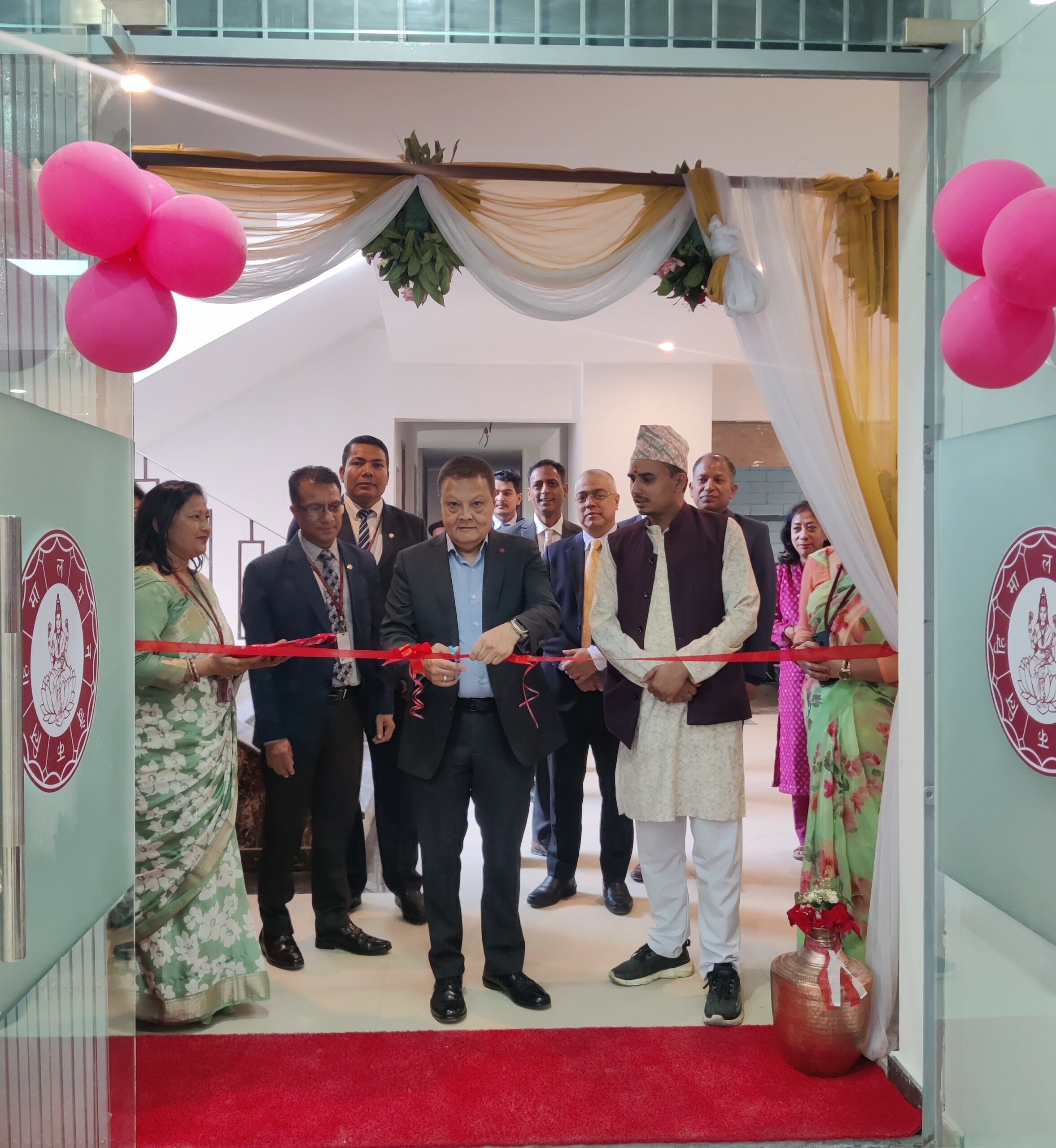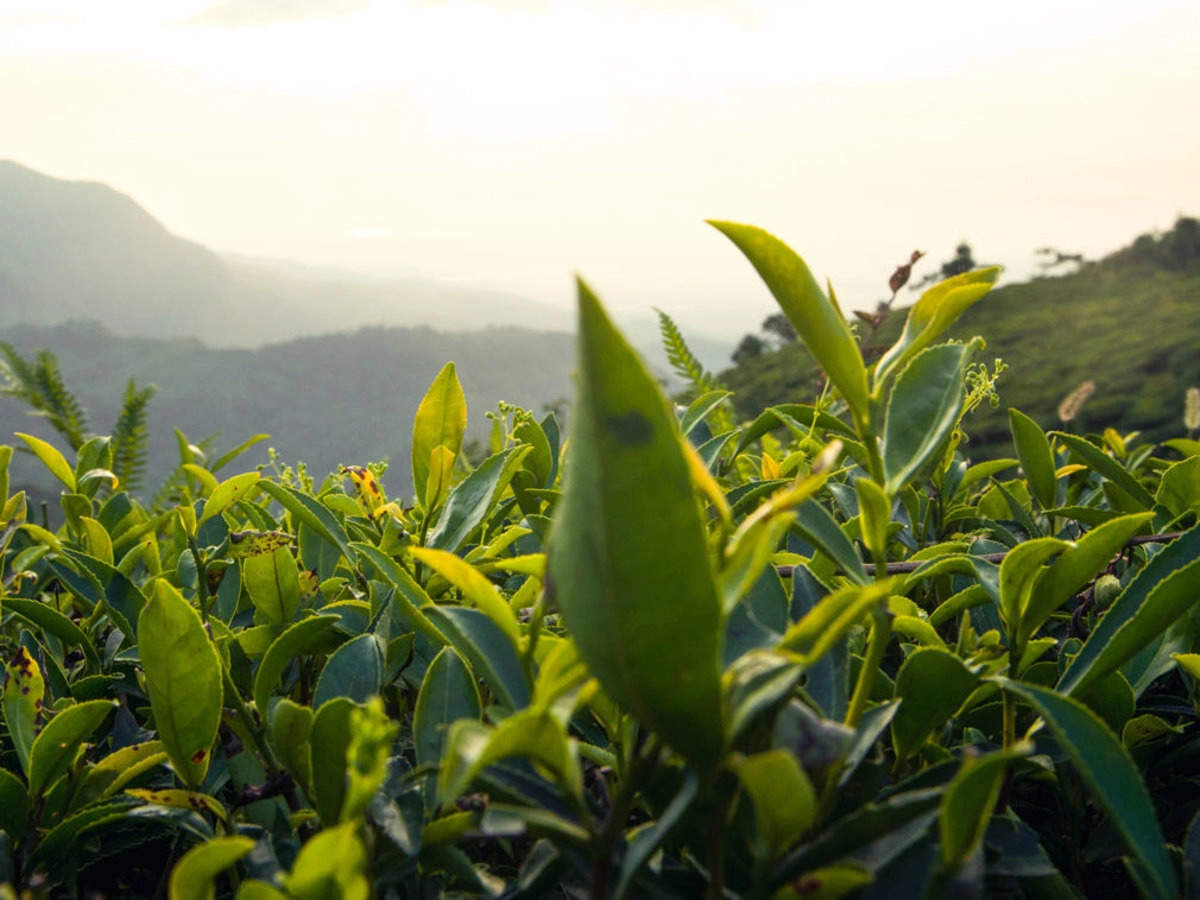Technical tests at Pokhara’s new airport slated to begin in April

KATHMANDU: MARCH. 20 – Workers are preparing to flatten a hilltop on the approach path at Pokhara’s new international airport as it gets ready to test communication and navigation equipment.
Chinese technicians are slated to begin testing newly-installed communication and navigation equipment in April, airport officials said.
The $216 million facilities is located at Chinnedanda, 3 km east of the existing domestic airport, and will be Nepal’s third international hub after Kathmandu and Bhairahawa.
The lake city of Pokhara is the gateway to the Annapurna region in the Himalayas, one of Nepal’s most popular trekking destinations.
According to Binesh Munankarmi, chief of the project, the 817-metre-high Ritthepani hill on the eastern side of the airport poses an approaching hazard and needs to be flattened.
A 2-hectare forest covers the hill which lies across the Bijayapur River, 1.35 km from the eastern end of the runway. The project needs to lop off the tops of two hills at Ritthepani by 40 and 12 metres respectively.
“Since testing of the airport’s communication and navigation equipment can be done after flattening at least 14 metres of the hill, we have a target to complete it within a month,” said Munankarmi. “We are working accordingly.”
Last Wednesday, the Ministry of Forests and Environment issued a seven-day notice inviting comments and suggestions on the supplementary environmental impact assessment (EIA) report of the project.
“It will take around 10 days to finalise the supplementary EIA draft after incorporating the comments. After the draft is finalised, we will start the process of inviting bids to cut down the trees and flatten the hill,” said Munankarmi.
“It may take around one and a half months for the tendering process and another four months to flatten the hills.”
According to project officials, 600 trees need to be felled. The project needs to extract 90,000 tonnes of soil and stones while flattening the hill, according to the supplementary EIA.
The project has so far achieved 93 percent physical progress. China CAMC Engineering won the construction contract for the project in May 2014, and work started in July 2017.
The government signed a $215.96 million soft loan agreement with China EXIM Bank in March 2016 to finance the airport built on an engineering procurement and construction model.
The government extended the project completion deadline to July 2022 due to Covid-19 disruptions from the original completion deadline of July 10, 2021.
In March last year, the cabinet gave the green signal to the Civil Aviation Authority of Nepal to clear the forest on Ritthepani hill after holding back for several months.
But the council of ministers asked the Ministry of Forests and Environment to do a supplementary EIA before clearing the forest.
A supplementary EIA report is submitted where the original or full EIA report is incomplete, or further work on environmental effects has been undertaken, or if the project has been modified since the original application and EIA report were submitted.
A supplementary EIA report should make clear which parts of the original EIA report are being supplemented or revised.
The runway of Pokhara International Airport is 45 metres wide and 2,500 metres long and has an east-west orientation. It can handle medium-range commercial aircraft such as the Airbus A320, Boeing 737 and Boeing 757.
A 1,200-metre-long and 23-metre-wide taxiway connects the runway with the parking bays, hangars and terminals.
Pokhara International Airport is located at an altitude of 800 metres above sea level and has a one-way approach system, like at Kathmandu’s Tribhuvan International Airport. There is no possibility of expanding the airport as it sits in a narrow valley.
The selection of the construction site, detailed engineering work and the master plan of Pokhara International Airport was initially prepared in 1971 by DIWI, a German consulting engineering firm.
This work was performed by the erstwhile Department of Civil Aviation with an Asian Development Bank loan under the Airport Development Project in Nepal.
The government had acquired 3,106 ropanis of land to build the facility in 1975.
In 1988, the Japan International Cooperation Agency (JICA) conducted a review of the new Pokhara Airport Master Plan prepared by DIWI.
JICA proposed to implement the project in two phases. The first from 1995-2000 at an estimated cost of $40 million. The second phase lasting from 2001-10 was expected to cost $45 million.
The main international terminal building has a capacity to handle 650 passengers per hour. The airport will have three parking bays for A320-type jets with an aerobridge facility, and five parking bays for ATR-type aircraft. There will be a separate terminal and parking bay for domestic flights.
-Kathmandu Post










